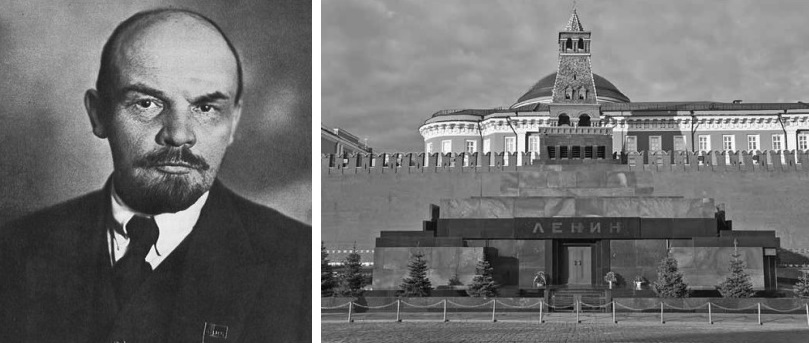Vladimir Lenin's fatalism: like a "wallobit tool" of Russian history.
A look through the "prism" of the spiral of Golden Section.
"Scratch a Russian and find a Tatar"
Russian proverb
Introduction

а) b)
Fig.1 Ulyanov-Lenin (a) and his mausoleum (b) with VIP-necropolis on red square in Moscow.